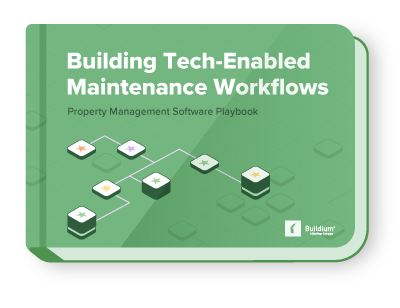There’s no denying the fact that New York City housing is prohibitively expensive for many—but it still came as a shock when the Rent Guidelines Board (RGB) voted last year to freeze one-year lease increases on the more than 1.2 million rent-stabilized apartments the board oversees.
Rents on two-year leases were limited to 2%, another historic low. The 7-2 vote was unprecedented: never in the 46-year history of the board had the RGB failed to authorize at least a rental increase to, at a minimum, account for inflation and the increased cost of living.
NYC Mayor Bill de Blasio, whose electoral campaign promised to address affordable housing, applauded the RGB’s decision. “We know tenants have been forced to make painful choices that pitted ever-rising rent against necessities like groceries, childcare and medical bills,” the mayor said. “Today’s decision means relief,” he said at the time.
Landlords disagreed.
Joseph Strasburg, president of the Rent Stabilization Association (RSA), which represents 25,000 landlords, called the 2015 rent freeze “unconscionable” and argued that “a rent freeze on the surface may sound pro-tenant, but the reality is landlords will now have to forego repairing, maintaining and preserving their apartments, which will trigger the deterioration of quality, affordable housing.”
Others argued that landlords would be able to forfeit rental increases if the City was able to keep property taxes in check. Patrick Siconolfi, executive director of the Community Housing Improvement Program, shares that sentiment:
[The RGB’s] decision places unrealistic expectations on building owners to subsidize affordable housing on their backs, despite the city’s lack of maintaining control on costs on owners at every turn. Mayor Bill de Blasio and the Board did not take into account these significant costs of maintaining aging buildings and the increasing expenses such as water and sewer rates. The single biggest expense for rent-stabilized building owners is property tax, which accounts for 40% of total building costs and it’s growing. If preserving affordable housing was the true goal, the Mayor should start by efforts to reduce property taxes, water costs and general municipal fees and charges.
In June, as if to add insult to injury, the RGB approved a rent freeze for a second consecutive year. Tenants living in rent-stabilized units, who leases expire between October 1, 2016 and September 30, 2017 can renew at the same rate for one-year, and tenants with two-year leases will be able to do so with a 2% increase—the same terms approved by the RGB nearly a year ago.
This time, landlords are fighting back.
The RSA has filed a lawsuit in Manhattan Supreme Court against the RGB, arguing that the RGB unlawfully took “tenant affordability” into consideration instead of the economic condition of the residential real estate industry – which, the RSA claims, is in violation of the Rent Stabilization Law.
“Nowhere does the law provide that the RGB is supposed to consider the subject of affordability when determining rent guidelines,” says Strasburg. “Affordability is an issue that should be addressed not by the RGB, but through government-sponsored rent relief subsidies to tenants actually in need.”
As a result, the RGB’s decision essentially forces landlords to provide a rent subsidy to all tenants, regardless of need. The RSA goes on to say that the RGB is “targeting apartment building owners” in the interest of accommodating the Mayor’s “political agenda”.
It’s likely that the case will take months, if not years, to make its way through the judicial system. In the meantime, landlords will be pitted against tenants in NYC housing court, where landlords are typically considered guilty until proven innocent.
The rent freeze will also take a toll on fringe neighborhoods like Eastern Bedford-Stuyvesant and East Flatbush. “Progress has slowed, if not stopped, in many neighborhoods that have been slowly transforming since the vote last June,” says Marcus & Millichap’s Shaun Riney. A long history of disinvestment is what led to these neighborhoods’ decay years ago, and the year-over-year rent freeze threatens to perpetuate that cycle if landlords are not incentivized to invest in rent-stabilized properties. Even a modest 1% increase would have helped the psyche of owners.
We’ll continue to follow this story as the lawsuit moves forward.
Until then….
What do you think—has the RGB overstepped its authority? Or is the rent freeze an unfortunate necessity given NYC’s high cost of living?
Read more on Multifamily

